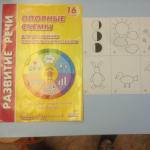The development of sound, letter analysis in preschool children 6-7 years old
Development of sound, letter analysis. Consultation for parents
speech therapist Napolova V.N., MADOU "Kindergarten №77"Target: To acquaint the parents of pupils with the work plan of a speech therapist in a preparatory speech therapy group.
Correctional work on the development of speech hearing, phonemic representations, improvement of sound. letter analysis, the development of the skill of reading syllables, words, sentences.
Involve parents in joint activities with children. Increase parental interest in classes. Increasing the emotional component of communication between teachers and their parents. Formation of skills of cooperation, mutual understanding, goodwill
Equipment: presentation of material on the topic, cards "place of sound in a word", sound symbols.
I work as a speech therapist teacher with children who were admitted with a conclusion: general speech underdevelopment. The composition of the group is heterogeneous: there are children of different intellectual and speech development. Most often, the general underdevelopment of speech is complicated by other speech defects, such as dysarthria, erased dysarthria, motor alalia.
General speech underdevelopment- a defect in which all components of the language system are not formed in a child with normal hearing and primary intact intelligence: phonetics, vocabulary and grammar.
Our children went to the preparatory speech therapy group.
We are working on the N.V. Beggar "Program of correctional and developmental work in the speech therapy group of a kindergarten for children with general speech underdevelopment"
The program provides for literacy training, i.e. by the end of the school year, our children should not only pronounce all sounds cleanly and correctly, but also learn to read.
Since literacy training is based on a reliance on speech hearing, on phonemic perception and the skills of sound, and then sound - letter analysis, there is a need for an earlier start to the development of phonemic hearing and phonemic perception of the organization of systematic work on their development. The beginning was laid in the senior speech therapy group: children learned to distinguish sounds by ear, to come up with words for sounds, to choose pictures, the beginning of the development of sound-syllabic analysis was laid. Although some children still have difficulties, I hope that this year all children will have their problems solved. And you - parents should be of great help in this.
The leading place in an integrated approach to the correction of general speech underdevelopment must be assigned to the formation of phonemic perception, that is, the ability to perceive and distinguish the sounds of speech.
My practical experience confirms that the development of phonemic perception has a positive effect on the formation of the entire phonetic aspect of speech, including the syllable structure of words. After all, in our group there are children who have impaired pronunciation of compound words, words with a confluence of consonants. With the help of the development of articulatory skills, you can achieve only a minimal effect, and moreover a temporary one. Persistent pronunciation correction can only be guaranteed with the anticipatory formation of phonemic perception.
We all must remember: when teaching literacy, it is necessary to have a literal, purely sound period of learning, it is necessary from the ability to distinguish sounds (both speech and non-speech) to reach the development of sound analysis and synthesis. That is, before starting to read, the child must learn to hear what sounds the words are made of, to carry out sound analysis of words (to name in order the sounds that make up the words).
Subsequently, this has a positive effect on the development of writing.
Given the degree of accessibility of forms of sound analysis, I observe the following sequence in the extraction of sounds from words during training:
Isolation of a vowel sound from the beginning of a word (Anya, duck).
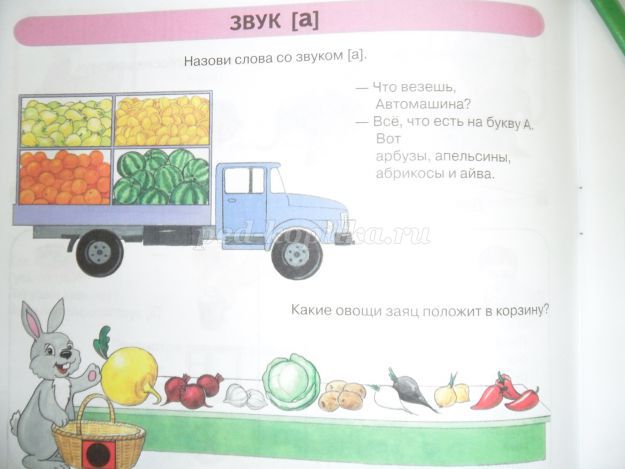
Isolation of a consonant sound from the end of a word (poppy, cat).
Isolation of a consonant sound from the beginning of a word (poppy, house).
Isolation of a syllabic vowel from a position after a consonant (house, poppy, tank).
Isolation of a vowel sound from the end of a word (window, water).
Isolation of a consonant sound from the middle of a word (bank).
Next, children learn to highlight the sound under study from any part of the word.
Children often confuse "beginning", "middle" and "end" of a word. To help them, in my work I use special cards-schemes to determine the place of sound in a word. In the preparatory group, children should already learn to be well oriented in the structure of the word with the help of these cards.
At the beginning of the school year, sounds are learned easily and correctly pronounced by all children. These are primarily vowel sounds.
Vowel sounds- these are sounds, when pronounced, the air stream comes out freely, neither lips, nor teeth, nor tongue interfere with it, therefore vowel sounds can sing. They sing (shout, speak), they can sing any melody. Vowel sounds are indicated by symbols: a red square, I have added an articulatory characteristic of sounds to this symbol.
(For example, the sound "A" is a big circle - the mouth is wide open).
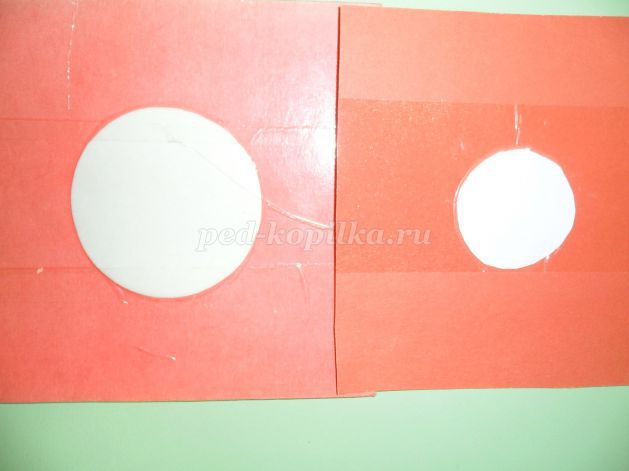
Vowel symbolism: "A", "U".
Highlight the vowel sound in the word:
Symbols of sounds "O", "I".

Each sound is first specified in isolation, and then stands out: pronounced exaggeratedly among sounds, in syllabic combinations, words, sentences, poems, stories. This approach prepares children for the sound analysis of words. For this I use the games: "Clap your hands", "Raise your hand" (eyes closed), "Raise the symbol", etc.
The game: "Sing a series of vowels"
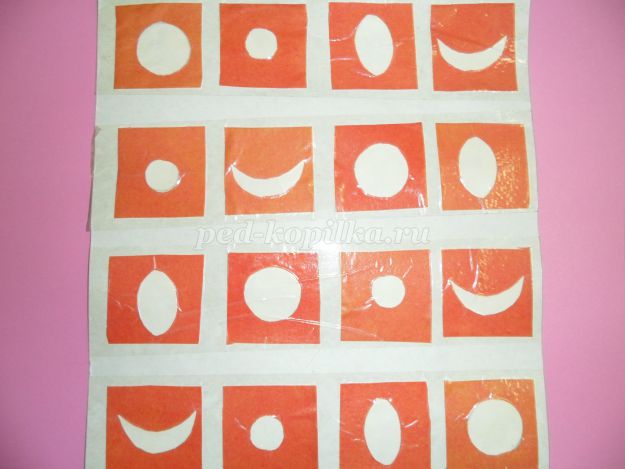
Simultaneously with the consolidation of sounds, there is an acquaintance with their letter designation. We will use special primers, alphabets, cash registers with letters, notebooks for typing letters.
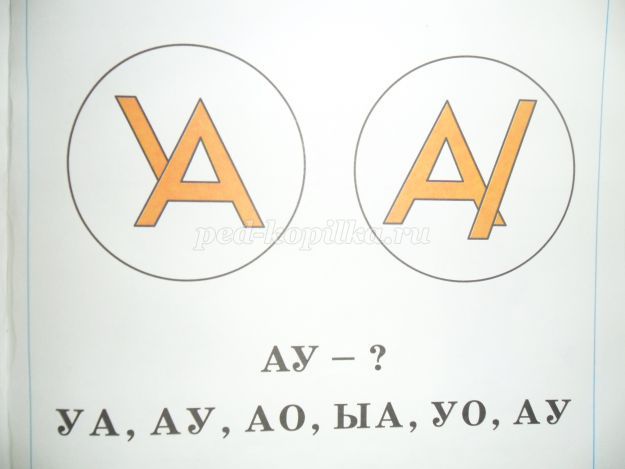
Consonant sounds- these are sounds, when pronounced, the air stream meets an obstacle. Either lips, teeth, or tongue interfere with her ability to come out freely. Some of them can pull (ССС, MMM) but none of them can sing, but they want to sing. Therefore, they AGREE to be friends with vowels, with which they can also sing any melody (ma-ma-ma ...). Therefore, these sounds were called CONSISTENT sounds. For consonants, symbolism has also been invented, only for solid blue consonants (blue squares), for soft consonants - green (green squares). Voiced consonants - with a "bell".
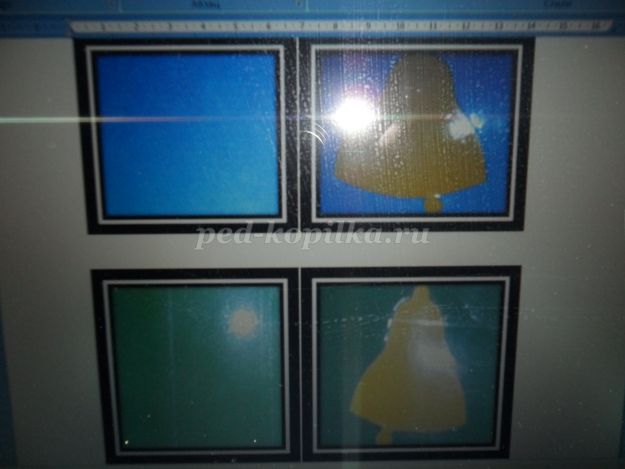
In the preparatory group, at the age of six, children show an interest in reading and many want to learn to read. But reading is not automatically born out of knowledge of the alphabet. When showing your child letters, you should know and follow certain rules and principles. Literacy training is carried out in a specific sequence: from simple to complex.
Simplified reading skill can be represented as follows:
Recognition of letters in connection with sound.

![]()
Merging several letters into a syllable;
Merging several syllables into a word;
Combine multiple words into a complete phrase.
Exercise: read the syllable: AM - OP, TU - KI.
From reading syllables, let's move on to reading words like: МАК, МАМА.
Various puzzles, crosswords will be used in the work.
Work on the proposal will be ongoing

In the process of working on a proposal, we will fix the basic rule about the proposal: "The proposal is written with a capital letter, at the end is put a full stop."
Assignment for parents: come up with a proposal for these schemes.
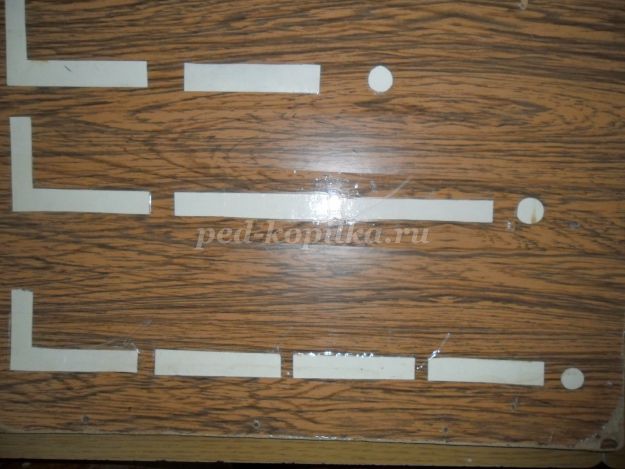
When passing letters; Ж, Ш, Ч, Щ - the basic spelling rules will be fixed: ЖИ - ШИ, ЧА - ЩА, ЧУ - ЩУ. Children should remember: Ж - Ш - Ц - always hard consonants, Ч - Ш - Y - always soft consonants
There will be ongoing work to distinguish between hard and soft consonants. I use tasks in my work: form a syllable, a word with a soft consonant. For example, ma - me, pe - pe, ku - kyu, you - vi; small - crumpled, dropped - pitchfork, etc. When working on voiced consonants, we also pay attention to the fact that voiced consonants are deafened at the end of words.
When getting acquainted with the iotated vowels, children should remember that the letters I, E, Yu, E denote the softness of the preceding consonant: ball - [m "ach], carriage - [kar" eta], hatch - [l "uk]. letters
I, E, Yu, Yo denote sound combinations: I - [YA], Yu - [YU], E - [IE], YO - [YO], if they stand at the beginning of words (apple, yula, raccoon) or after a vowel ( lighthouse, I give, etc.).
By the end of the school year, children should be able to read words, sentences, and short texts. Reading should be meaningful: children can retell what they read.
Assignment for parents... At the end of the consultation, the parents must independently make a sound analysis of the words presented.
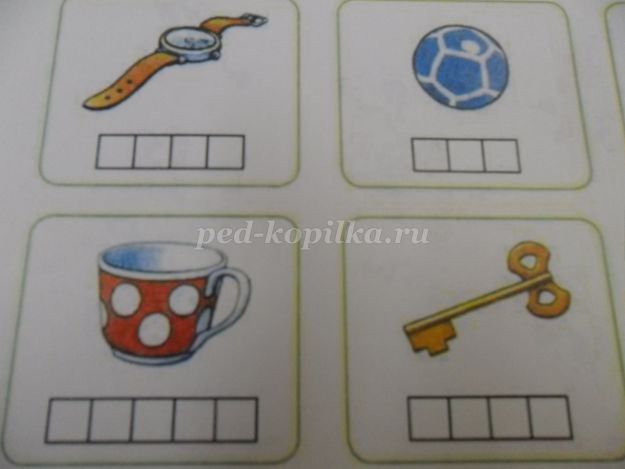
Thank you for the attention... Answer parents' questions.





